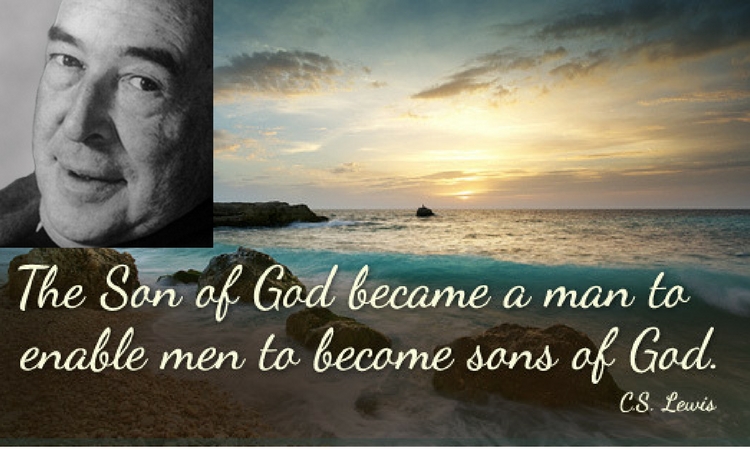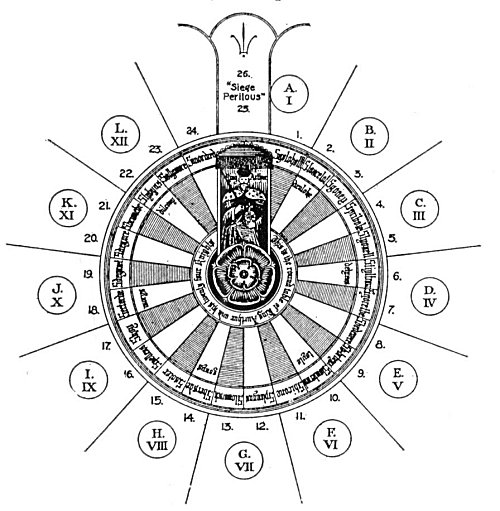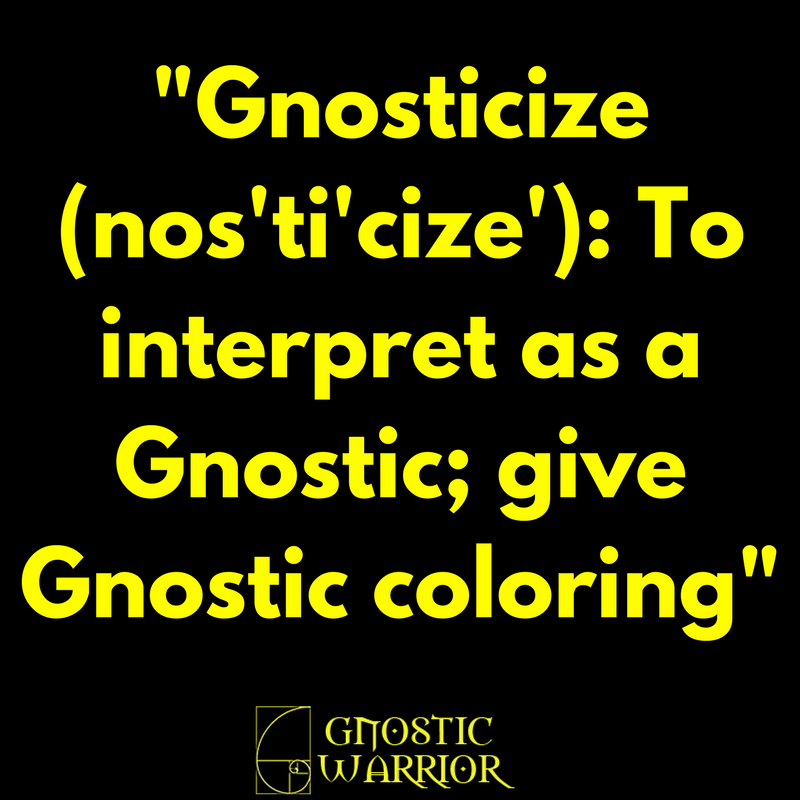“The Christ within you, the hope of glory.” – St Paul
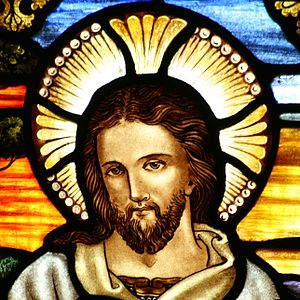
Stained glass at St John the Baptist’s Anglican Church http://www.stjohnsashfield.org.au, Ashfield, New South Wales. Illustrates Jesus’ description of himself “I am the Good Shepherd” (from the Gospel of John, chapter 10, verse 11). This version of the image shows the detail of his face. The memorial window is also captioned: “To the Glory of God and in Loving Memory of William Wright. Died 6th November, 1932. Aged 70 Yrs.” (Photo credit: Wikipedia)
Gnostic Christianity may seem like a radically different form of Gnosticism, one that surrounds the figure of Jesus Christ and his teachings. But underneath this theological dressing are not only specific keynotes to other Gnostic movements, but the reality that Jesus Christ is much more (and really) less than a spiritual icon: he is an intimate and lost part of each one of us.
In their texts, Christian Gnostics were varied in speculating the nature of Jesus Christ, from presenting him as a shape-shifting god (the Secret Book of John), to describing him as very human and very in the flesh (the Apocalypse of James). But the one commonality is that Jesus is always seen as a hierophant of mysteries to those seeking spiritual awakening; he is the one who stimulates Gnosis within the heart, sparks the slumbering Divine Spark. But Jesus is always presented very subjectively, almost as if the author is writing allegorical fiction or satisfying a specific worldview with modifications.
This style of showcasing a luminary in an almost mythical manner, as well as a teacher who imparts sacred information, is found virtually in all other Gnostic movements beyond Gnostic Christianity. Take for example Hermes Trismegistus, who takes the place of Jesus Christ in the Hermetic tradition. Like Jesus, his history is almost an afterthought, and he becomes more of an archetypal figure of the speculative imagination of the different Hermetic authors.
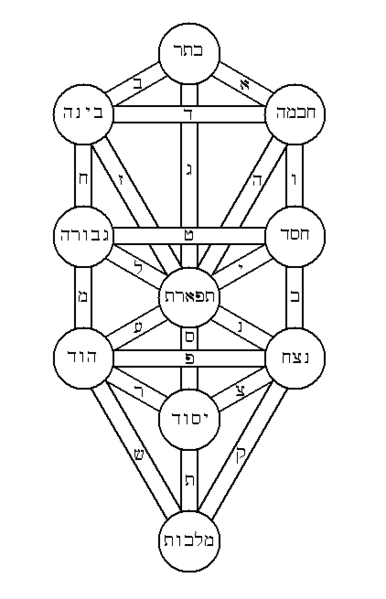 In such Gnostic traditions as the Kabbalah or Sufism, there may not be a chief instructor, but there are certainly exemplars who take the role of hierophants of mysteries, such as Seth, Elisha, Ali, or Mani. These characters may be historical, but in Gnostic texts they take on a transcendent quality, an air of dream and mythology.
In such Gnostic traditions as the Kabbalah or Sufism, there may not be a chief instructor, but there are certainly exemplars who take the role of hierophants of mysteries, such as Seth, Elisha, Ali, or Mani. These characters may be historical, but in Gnostic texts they take on a transcendent quality, an air of dream and mythology.
After delving in the Gnostic tradition, it becomes apparent that the writers of their texts are writing about an inner figure clothed in the narrative of an exterior leader of the faith.
Obviously, with a teacher there must be pupils. Gnostic Gospels tend to be discourses between the hierophant of mysteries and adherents. Scholars of Christianity like David Brakke have posited that these discourses are actually secret rituals woven into the dialog. Regardless and in the end, Gnostic writings point to the realization that within us not only resides the imparter of Gnosis but also the eager pupil wishing for spiritual awakening. But an internal discussion must be established first within the soul, drawing from the idealized counties of a specific Gnostic denomination.
This seems to be one of the central messages of the Gospel of Thomas, which begins with the passage; These are the secret sayings that the living Jesus spoke and Didymos Judas Thomas recorded. And he (Jesus) said, “Whoever discovers the interpretation of these sayings will not taste death.”
It should be noted that Didymos is Greek for “twin,” and so is the Hebrew word “Thomas,” which wasn’t even a proper name in the first century. This is likely the first of many mysteries in the text: Jesus and Thomas are twins, in the spiritual sense, two sides of the same coin of enlightenment process. The teacher and the pupil are one and the same, interacting outside of the ghettos of the ego, in a sort of mystic schizophrenia and expressed in the medium of religious allegory clothed in religious history. In Eastern traditions, this would be viewed as an effective way to avoid the monkey-chatter of the brain.
This is certainly part of the “redeemed-redeemer” trope found in Gnosticism (which Karen King covers in her book What is Gnosticism?), and encountered in such Gnostic writings as the Gospel of Philip and the Hymn of the Pearl. In essence, we are all slumbering Saviors or hierophants of mysteries who need to remind ourselves of our divinity (and often humanity!). The key is to procure ways to slowly convey our divinity, allow it to transform our mind and spirits. The Gnostics—known for frenetically pumping out gospels in the second century—seem to indicate that efficient way is to take inspiration from past masters and, at the same time, rewrite their stories in a way that becomes inner therapy. Let your inner teacher and pupil write the instructions to a salvation that has merely been forgotten.
Yes, Gnosis is central to Gnosticism. But Gnosis involves self-knowledge, and within each individual lies one who can teach the world wise things as well as one who desperately needs to gain wisdom. Even Paul in Colossians points to the classroom that is the soul when he says, “The Christ within you, the hope of glory.”
And the Gnostics certainly had much to say on this:
You saw Christ, you became Christ. You saw the Father, you shall become Father. So in this place you see everything and do not see yourself, but in that place you do see yourself – and what you see you shall become.
The Gospel of Philip
Jesus said, “He who will drink from my mouth will become like me. I myself shall become he, and the things that are hidden will be revealed to him.”
The Gospel of Thomas
For he who has not known himself has known nothing, but he who has known himself has at the same time already achieved knowledge about the depth of the all.
The Book of Thomas the Contender

